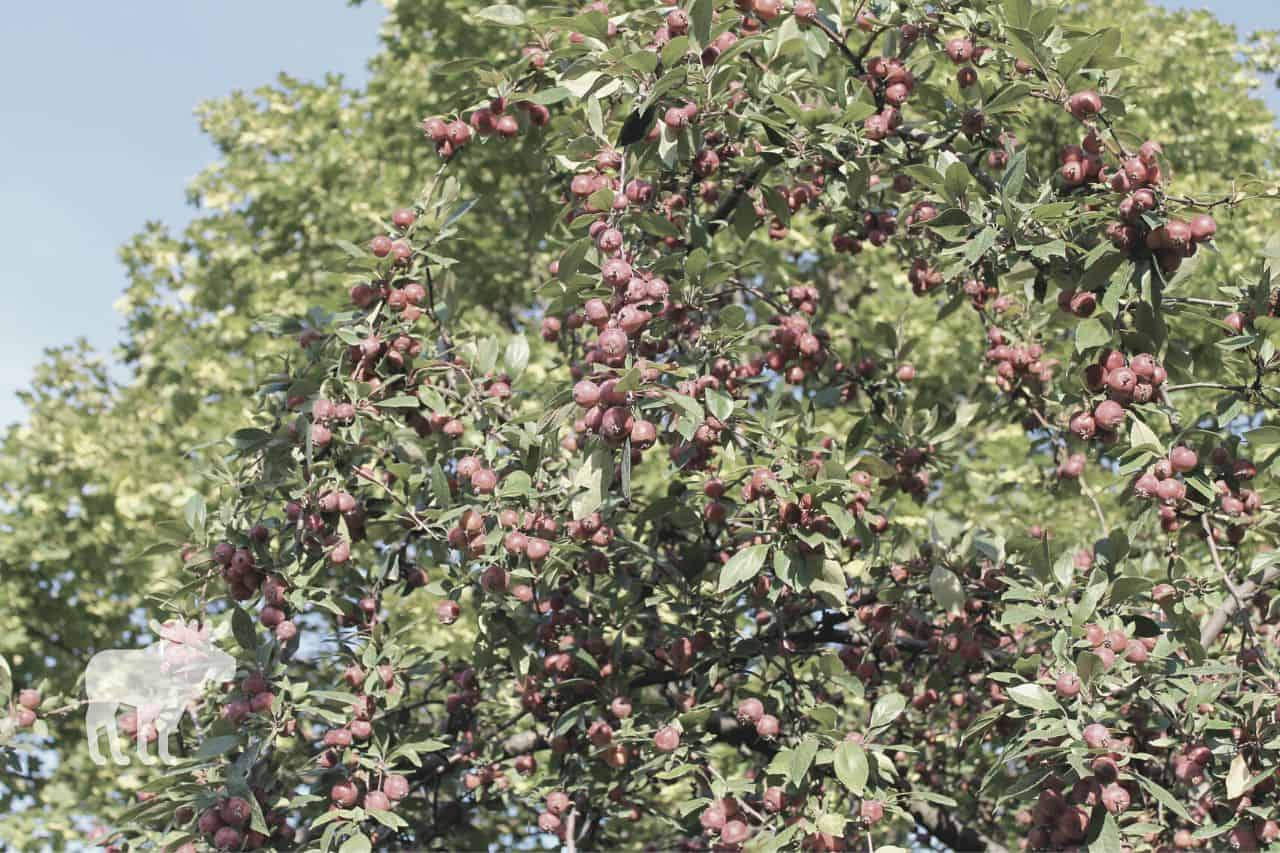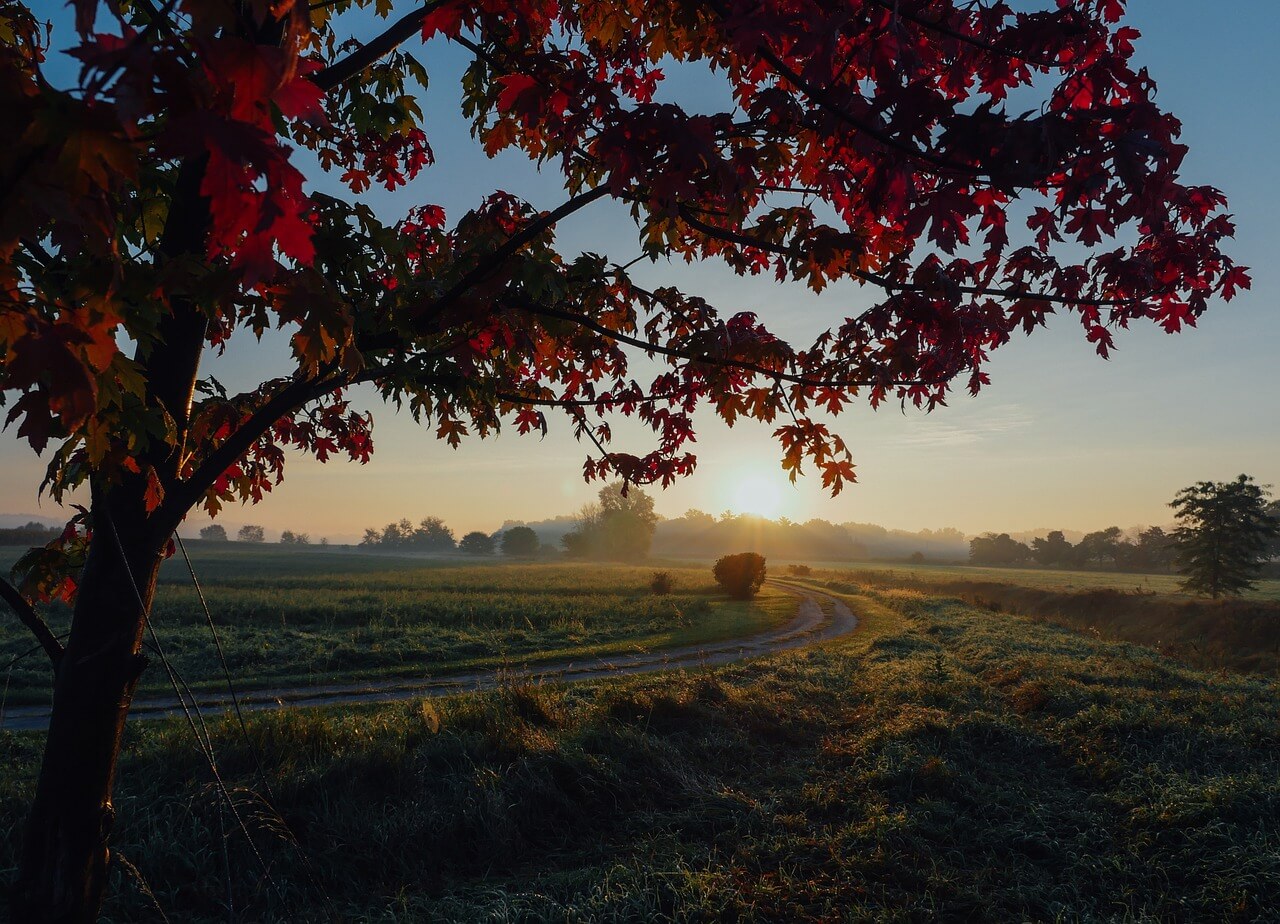Chances are, you know what an oak tree looks like–oaks are some of the most iconic trees throughout much of the world. But did you know there are some trees that look like oak trees? Read on to learn more about these lookalikes and how to tell them apart from true oaks.
What You'll Learn Today
Trees That Look Like Oak Trees
1. Tanoaks

Tanoak trees have a very small range; they are only found in coastal areas of the western United States.
Despite their name, these trees are not true oaks. That said, they share some notable similarities with oak trees.
Tanoaks can grow quite large–currently, the tallest one is found in Oregon and stands 121 feet tall. Their leaves are mostly oval in shape, serrated, and have a strong, leather-like texture.
The most striking similarity is that tanoaks produce acorns. The acorns are quite similar to oak tree acorns in appearance, though they have harder shells.
Tanoaks are in the same tree family as oaks and chestnuts. They are evergreens, as the leaves remain on the trees for three to four years before replacing themselves.
2. Hawthorns

Hawthorn trees and shrubs can be found throughout much of the world, particularly in temperate areas of North America, Africa, Europe, and Asia. There are hundreds of different hawthorn species.
As you might imagine, not all species of hawthorn look alike. That said, some have lobed leaves that look very similar to oak leaves.
Thanks to the leaf similarity, some people may confuse hawthorn plants with young oak trees, but they have many differences to help you tell them apart.
For one thing, hawthorn trees don’t produce acorns. Instead, they produce bright flowers which mature into berry-like fruits.
Even the largest hawthorn trees are generally smaller than oak trees at maturity. Many species don’t grow any larger than shrubs.
Finally, many hawthorn trees and shrubs have thorns on their stems. This is one easy way to tell them apart from oak trees, as oaks do not have thorns.
3. Maples

There are about 132 species of maple trees found throughout the Northern Hemisphere, with many of them native to Asia.
Oak and maple trees both have highly recognizable leaves, and to the untrained eye, they may appear similar. Both trees have palmate leaves, lobed in most species.
That said, the leaves of oak trees are generally longer, while maple leaves are broader. Depending on the species in question, oak leaves may be far more gentle and rounded in appearance than maple leaves.
Oaks and maples can both grow quite large, though oak trees typically become taller than maple trees.
The easiest way to tell them apart is the fruit they produce. Oak trees are known for their acorns; maples produce winged seeds called samaras which usually spin rapidly when they blow on the wind.
4. Poplars

Poplar trees are common and widespread throughout the northern hemisphere. They are divided into about 30 individual species.
It can be challenging to identify poplars because their appearance varies widely from species to species.
Most poplars have rounded or triangular leaves, but some have lobed leaves. These species (most notably the white poplar) can be easily confused with maple and oak trees.
Both poplars and oaks produce catkins in the spring, but their fruits are radically different. Instead of acorns, poplars produce seed capsules that split open at maturity and release a fluffy, cottony substance.
5. Tulip Trees

Tulip trees are sometimes called tulip poplars, though they don’t belong to the poplar genus. They are native to North America.
These trees have unique and highly recognizable leaves, but to the uneducated observer, they might appear similar to oak leaves. They are large, palmate, lobed, and flat or slightly concave across the top.
Tulip trees can also grow quite large, with some nearing 200 feet. This is another reason they may be confused with oak trees.
Tulip trees produce large, tulip-like flowers that are orange near the center and white closer to the outside. Oak trees don’t produce flowers–they have catkins instead.
What’s more, tulip trees produce seed clusters that look quite different from acorns–the seeds are small and covered in a samara-type membrane that causes them to blow on the wind once the clusters have broken apart.
6. Sassafras
Sassafras trees are found in North America and Asia. There are three species of these unique plants.
Interestingly, sassafras trees have different-shaped leaves on the same plant. The leaves are oval, mitten-shaped, and tri-lobed (divided into three lobes).
The tri-lobed leaves may look similar to some oak leaves, though they are typically larger and more easily damaged.
The best way to identify a sassafras tree, aside from looking at the different-shaped leaves, is to crush a leaf and smell the aroma. Sassafras trees are extremely fragrant–they smell like citrus or vaguely like root beer.
They also produce tiny flowers that are bright yellow in color.
Check out this video to learn more about sassafras trees:
7. Mulberry Trees
There are about 64 species of mulberry trees found in temperate areas throughout the world. They grow well both cultivated and in the wild.
Mulberry trees vary by species, but some of them have lobed, serrated leaves which are similar in appearance to oak leaves. Mulberry trees can grow close to 80 feet tall, making them close in size to an average oak.
Mulberry trees have a major and noticeable difference from oak trees: their fruit. Whereas oak trees produce acorns, mulberry trees produce berry-like fruits that are sweet and similar in appearance to raspberries and blackberries.
Conclusion
Though oak trees are fairly unique in appearance, there are some other trees in the world that look similar. Some of these include hawthorns, tanoaks, sassafras trees, and mulberry trees.